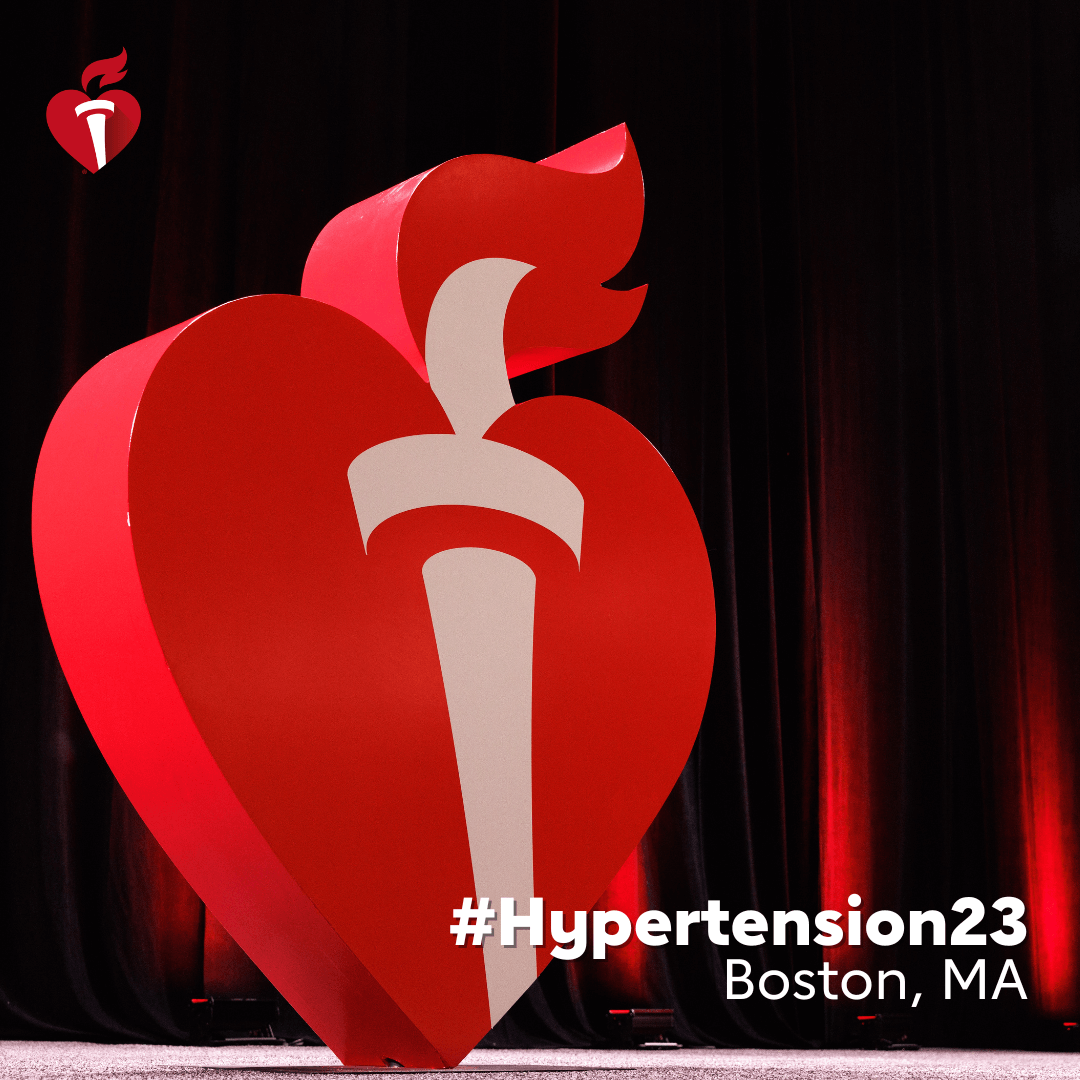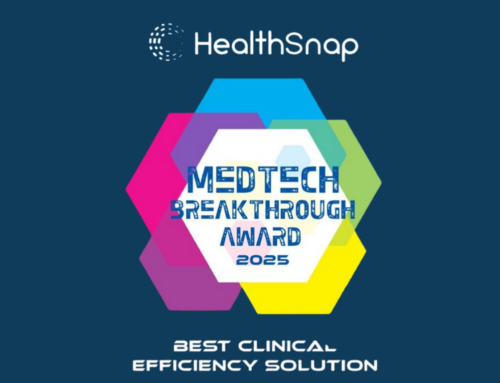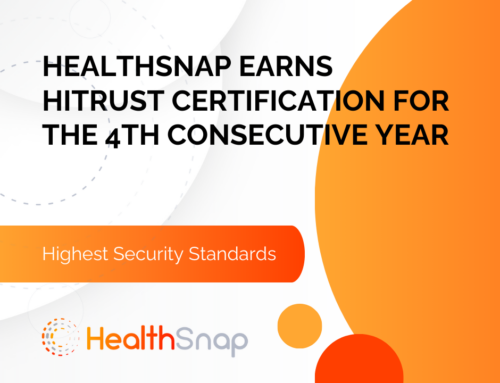By Wesley Smith, Ph.D., HealthSnap Co-Founder & Chief Scientific Officer
Our team at HealthSnap is pleased to present an in-depth examination of the transformative role of Remote Patient Monitoring (RPM) and Chronic Care Management (CCM) in healthcare and chronic condition outcomes, with a particular focus on the groundbreaking accomplishments of our RPM program. This program was prominently featured at the American Heart Association’s Hypertension Scientific Sessions 2023 Conference, where it showcased significant results in hypertension management across both primary care and cardiology clinics.
Asynchronous Management of Hypertension: A Collaborative Study
In a collaborative study titled “Asynchronous Management of Hypertension: The Effectiveness of Remote Patient Monitoring in Mixed Populations,” HealthSnap partnered with Prisma Health and Virginia Cardiovascular Specialists. HealthSnap’s program utilizes cellular-enabled blood pressure cuffs that transmit data to an EHR-integrated Virtual Care Management platform. HealthSnap’s platform is monitored by licensed clinical staff who work with patients on their data collection and analysis as well as adherence to evidence-based care plans. The study involved 2,761 patients who consistently uploaded 30 or more blood pressure readings over a period of at least 90 days.
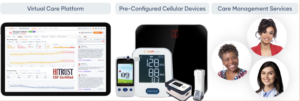
The results were compelling: there was a significant decrease in uncontrolled hypertension. Both systolic and diastolic hypertension displayed considerable improvements. The most significant changes were in patients with stage 2 hypertension, showcasing RPM’s potential as a vital tool in managing hypertension across different care settings.
But let’s dig into the numbers:
-
Systolic and diastolic hypertension improved with reductions of 11.4 mmHg and 5.6 mmHg respectively in cardiology patients, and 8.0 mmHg and 4.6 mmHg in primary care patients (p < 0.0001)
-
In patients with stage 2 hypertension, the reductions were even more impressive: 20.81 mmHg and 13.9 mmHg in systolic and diastolic pressure, respectively, in cardiology patients, and 15.9 mmHg and 10.0 mmHg in primary care patients (p < 0.0001)
-
The treatment even improved patients with high pulse pressure, with primary care patients experiencing an average reduction of 6.2 mmHg and 5.8 mmHg among cardiology patients (p < 0.0001)
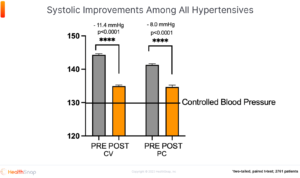


HealthSnap’s 2023 Data: A Marriage of Technology and Personalized Care
We were excited to see that, as we’ve moved into 2023, we continue to observe impressive results in thousands of patients. How have we achieved this? Through a combination of engaged providers utilizing real-time data from remote patient monitoring to inform their clinical decisions, and educating patients about sticking to evidence-based care plans. This patient-centered approach leverages both cutting-edge technology and the patient’s own motivation to make changes, fostering engagement and promoting evidence-based lifestyle modifications.
On average, we’re seeing a 10-point reduction in systolic pressure (p < 0.0001) among all our patients with hypertension and a 20-point reduction in those with Stage 2 hypertension (p < 0.0001). These improvements are not temporary – they persist over time, suggesting that long-term engagement with our program yields the most significant benefits. Indeed, after a year on the program, patients continue to improve. These results can be extrapolated to anticipate a significant decrease in cardiovascular events, based on a recent meta-analysis published in Lancet, every 5-point reduction in systolic pressure could potentially reduce cardiovascular events by 10% (Rahimi et al, 2021).
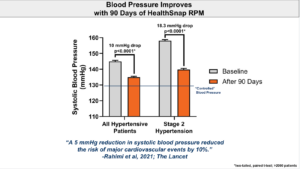

Amplifying Results with Lifestyle Change: The Power of HealthSnap’s Care Navigators
The efficacy of RPM is notably augmented when care navigators, who encourage lifestyle adjustments, are part of the process. This finding is based on a recent analysis of patient data that was conducted for one of HealthSnap’s smaller provider groups. The patients in the study consistently transmitted data over 30% of the time and were engaged with the program for at least 90 days. The outcomes showed an average systolic pressure improvement of 16.4 mmHg and a decrease of 8.5 mmHg in diastolic pressure (p < 0.0001).
Even more impressively, ambulatory or home-based uncontrolled hypertension patients experienced an average systolic pressure reduction of 26.1 mmHg and a diastolic pressure improvement of 13.1 mmHg (p < 0.0001). The most significant improvements were observed in patients with Stage 2 Hypertension, where systolic pressure decreased by an average of 33.7 mmHg, and diastolic pressure improved by 17.1 mmHg (p < 0.0001).
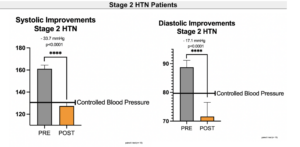 Our team at HealthSnap is thrilled about what the future holds. As our program continues to expand, we anticipate it will help even more patients receive remote, concierge-style care, right from the comfort, safety, and security of their homes. This keeps them digitally connected with their provider and care team, bridging the gap in healthcare accessibility and equity. The potential impact on patient outcomes is immense, and we’re eager to continue making strides in this direction.
Our team at HealthSnap is thrilled about what the future holds. As our program continues to expand, we anticipate it will help even more patients receive remote, concierge-style care, right from the comfort, safety, and security of their homes. This keeps them digitally connected with their provider and care team, bridging the gap in healthcare accessibility and equity. The potential impact on patient outcomes is immense, and we’re eager to continue making strides in this direction.

